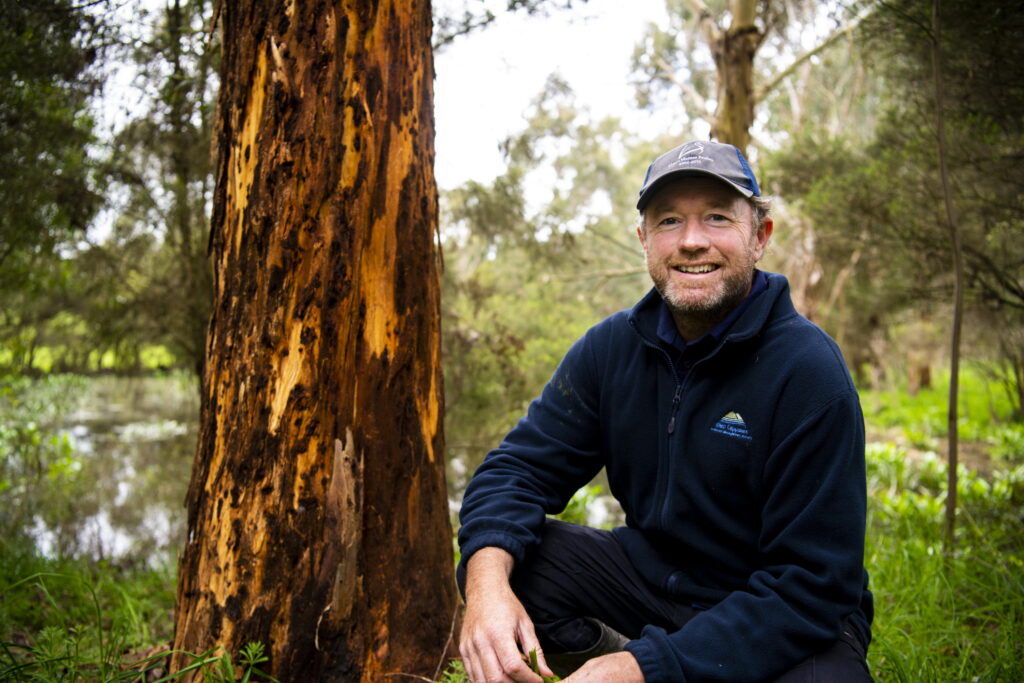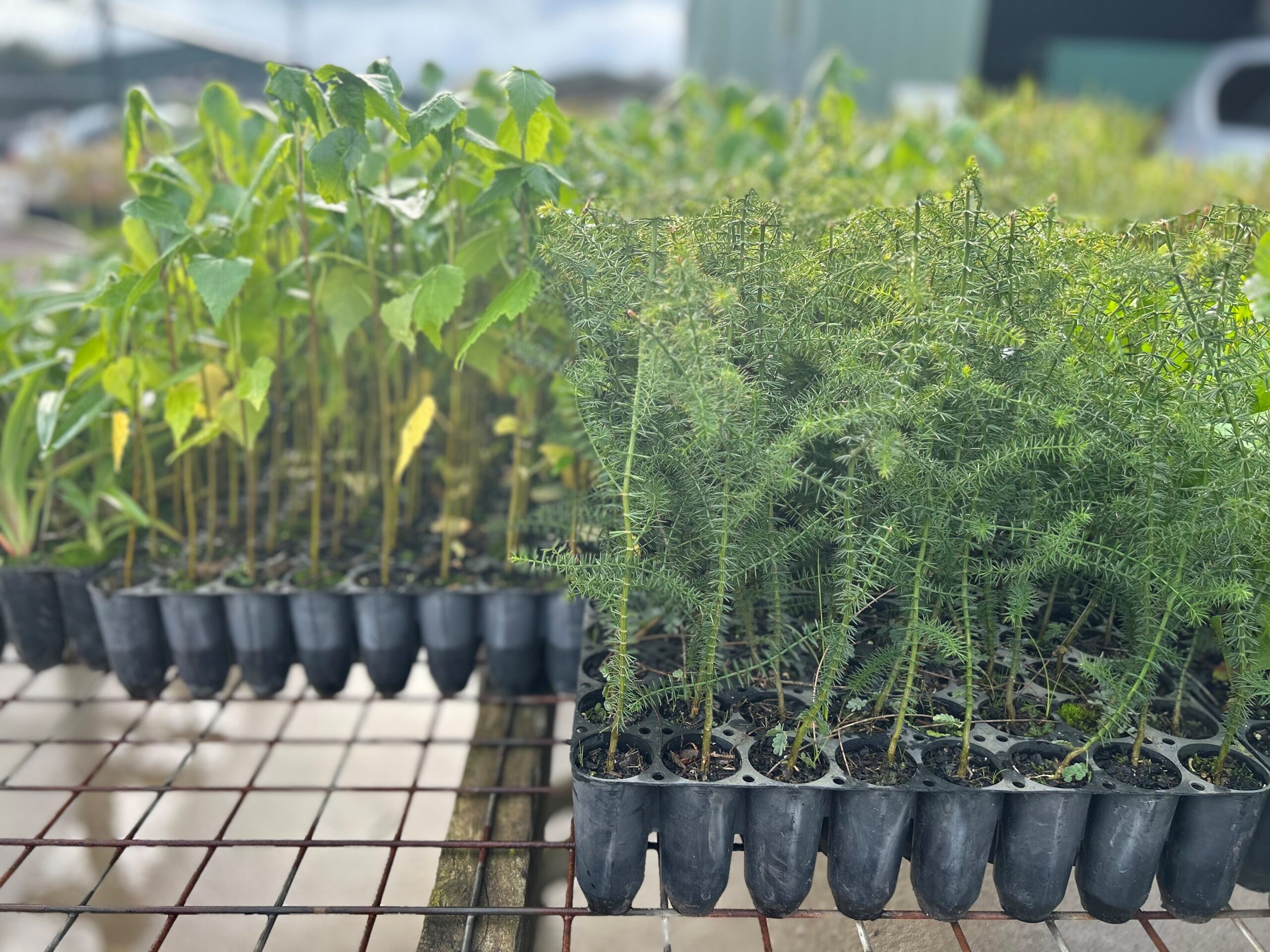Trees essential for catchment health
On the eve of National Tree Day 2023 this Sunday, West Gippsland Catchment Management Authority (CMA) is reflecting on the sheer beauty of trees, and also, how many the team is planting in the catchment over the year.
“Planting trees along waterways is one of our favourite stages in any project,” said CEO of West Gippsland CMA, Martin Fuller.
“This stage usually symbolises that the ‘heavy lifting’ of weed removal and fencing are complete and we can get going on putting plants in the ground so they can work their magic.”
This “magic” includes stabilising banks, creating habitat for wildlife and helping the waterway become more stable and resilient to the impacts of flood events and drought.
It’s tree day every day for West Gippsland CMA and across the catchment this year, the team will put over 100,000 trees and plants into the ground – the finishing touch to restoration projects along rivers and waterways from San Remo to Sale.
Matt Bowler, Team Leader – Project Delivery for West Gippsland CMA estimates that this number is complemented by many more planted by the amazing partners the CMA works with – including Traditional Owners, Landcare, Trust for Nature, Greening Australia and private landholders.
Matt has witnessed change on a landscape scale – the result of projects he has overseen and been directly involved in. He simply loves trees and takes pride that, in his over 15 year career with the CMA, has personally planted many thousands and seen saplings grow to enormous, established trees.
“Gippsland is a great place to plant trees, the small sapling you plant this year can have a Koala feeding in it in only five years’ time and be creating shade, shelter and habitat for many other animals.” “Some of the largest trees in the world can still be found high up in the Strzelecki Ranges – remnant stands of Mountain Ash (Eucalyptus regnans) – which are the largest flowering plant and hardwood species on earth.”
“The cool thing is you can plant one today and it will still be alive in hundreds of years’ time”





